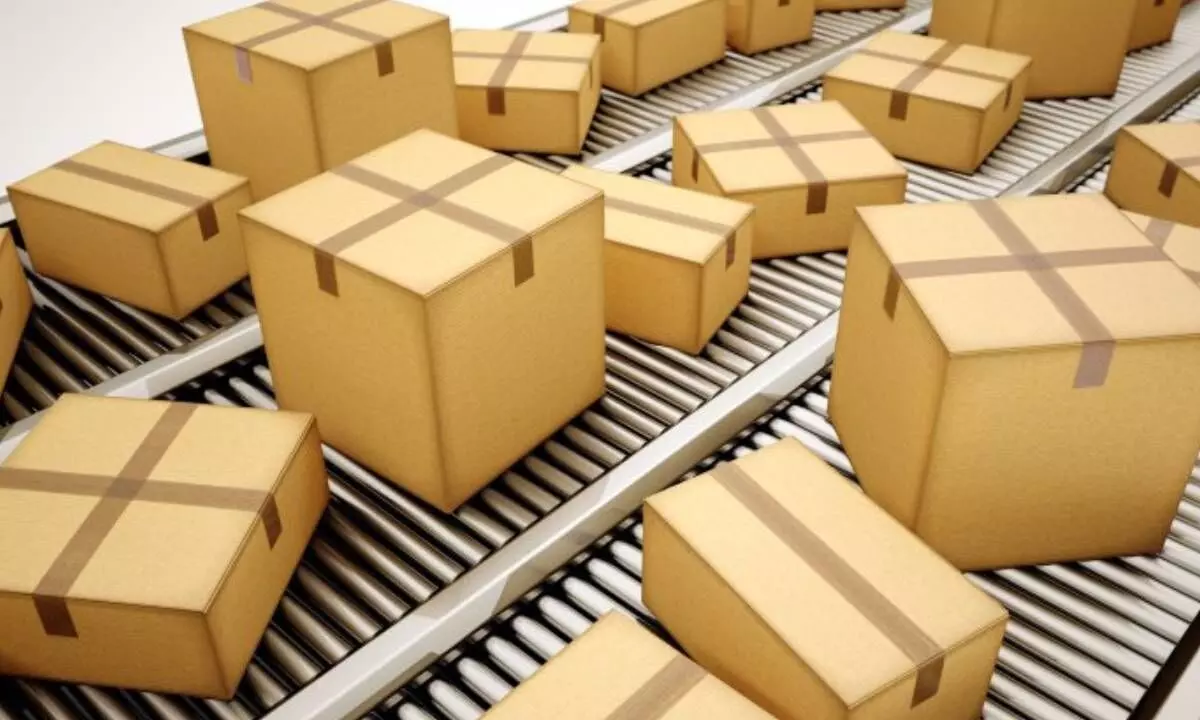Packaging poised to emerge as India’s sunshine industry
image for illustrative purpose

The packaging industry, which is seeing a tremendous growth, could see a metamorphosis if emphasis is on sustainability. The Indian packaging industry is projected to grow at a CAGR of 18-20% and touch around $ 200 billion by FY25. This growth is driven by the retail market, which is the fifth largest sector and has been showing a steady growth with a huge potential for expansion, particularly exports. Packaging can generally be divided into two categories- rigid and flexible. In India, the rigid plastic packaging sector is dominated by companies like Essel Propack (a global leader in laminated tubes) and Pearl Polymers. Moldtek’s in-mold-l abeling technology is particularly suitable for the food, beverage and FMCG segments. Flexible packaging, made of easily moldable materials utilizes materials such as paper, plastic film, foil, and metallized or coated papers to preserve product freshness and extend shelf life. Compared to rigid plastic packaging, it is lighter, occupies less space, and is easier to dispose of. The market for flexible packaging is estimated to grow at a CAGR of 15-18% by FY25, with plastics dominating due to their moisture-resistant properties. The Plastic Film & Flexible packaging industry shows a Y-o-Y growth of 15.3% in capacity of exports from 6,08,341 tonnes in FY21 to 7,01,250 tonnes in FY22.
India is one of the world’s biggest and fastest growing flexible packaging markets. The growth is expected to be driven by population, urbanization, improved quality of life, increasing environmental awareness and consumerism. Corrugated boxes, commonly known as cardboard, are used for shipping, storage and shoe boxes. They are made of three layers of paper: an outside liner, an inside liner and a corrugated medium that provides strength and rigidity with recycled paper as the main raw material. They are also used for retail packaging, pizza delivery boxes and small consumer goods. In FY22, 17.5% of total paper production was used for corrugated sheet boxes and 6.9% for paper carton boxes. In India, the primary force behind the use of glass packaging continues to be the soft drinks and alcoholic beverages industry. While pharmaceutical applications of glass are declining as they shift towards rigid plastics, alcoholic drink manufacturers still prefer glass due to its premium image and superior barrier properties compared to plastics. Yet, alcoholic drinks like wine, beer and spirits, may have a slower growth due to higher state taxes in the short term. Meanwhile, the long-term upward trend is expected to remain strong while maintaining the current growth levels for glass packaging.
The country’s glass packaging market is highly fragmented with the involvement of many local players, including Hindustan National Glass & Industries and Piramal Glass. In FY22, the glass industry has reportedly grown by approximately 12%, driven by increased demand from end-users like real estate, packaging, automobiles and telecom. In the fiscal year 2022, the industry's size is estimated to be around $47-48 billion, with both the domestic and export segments contributing equally to the industry's revenues. The domestic pharmaceutical industry in India consists of a network of 3,000 drug companies and nearly 14,000 manufacturing units.

